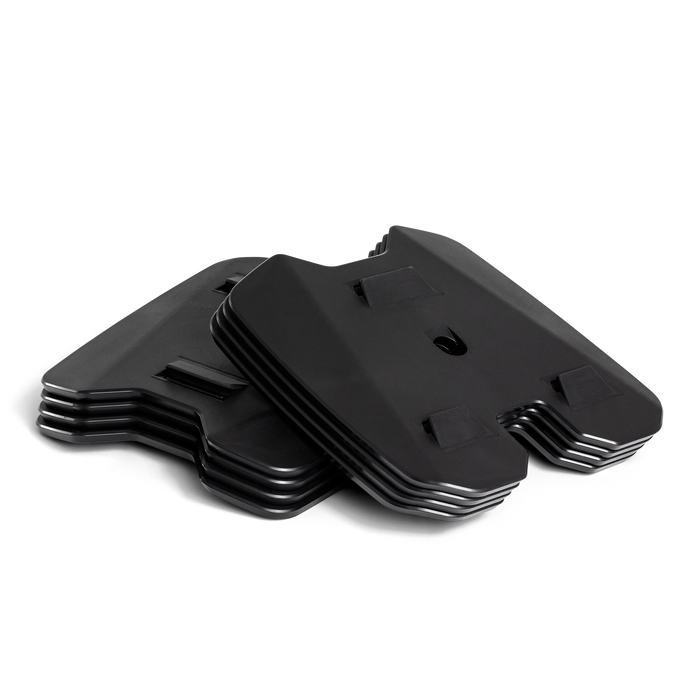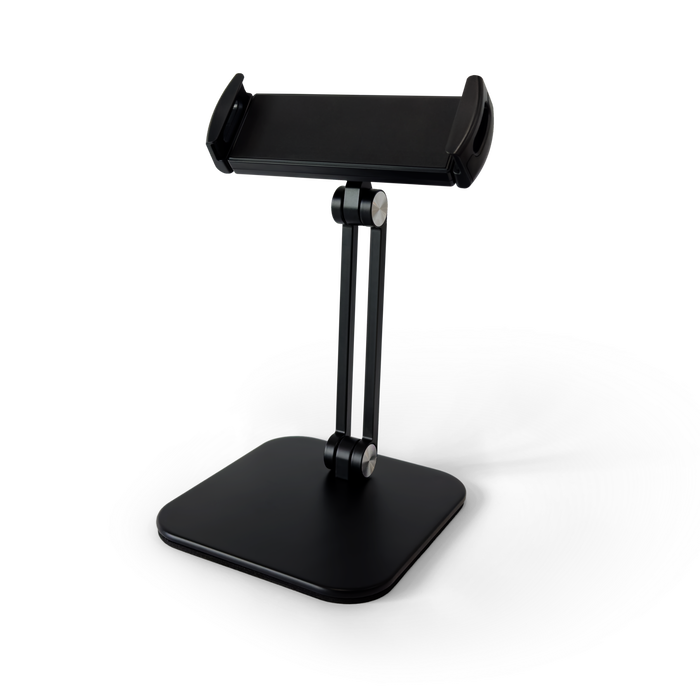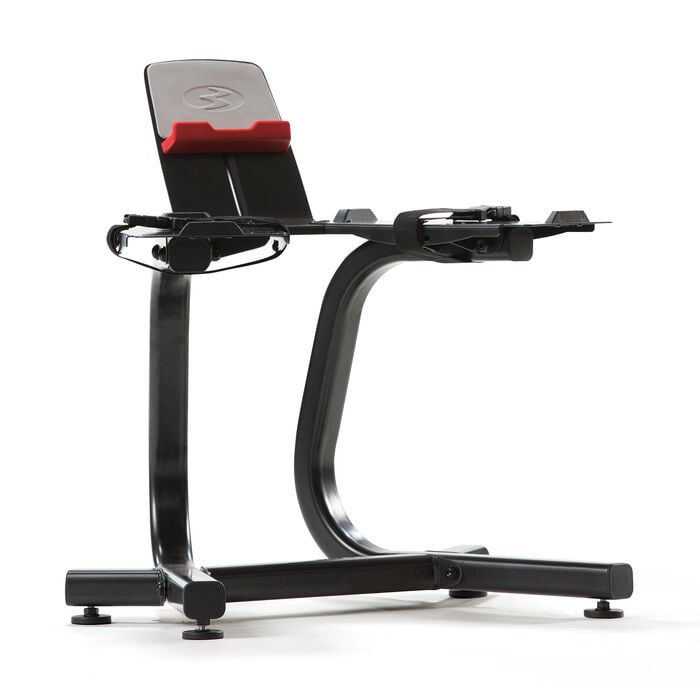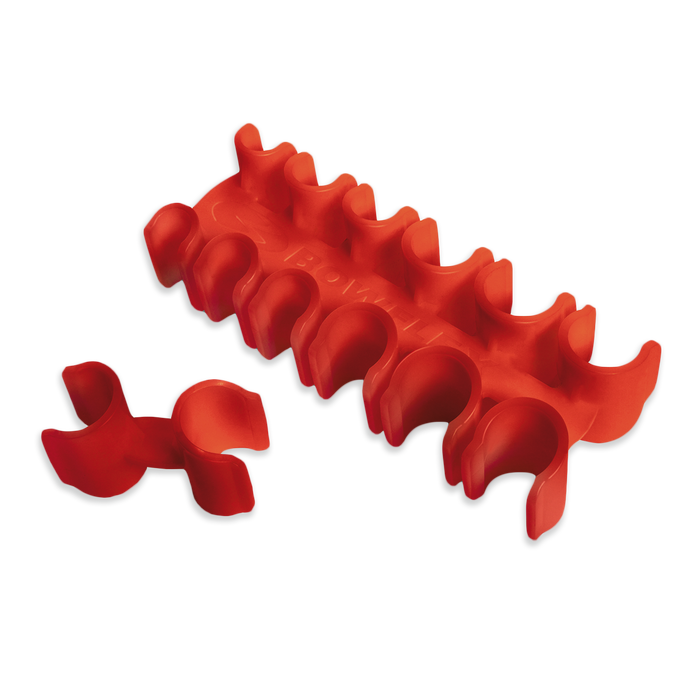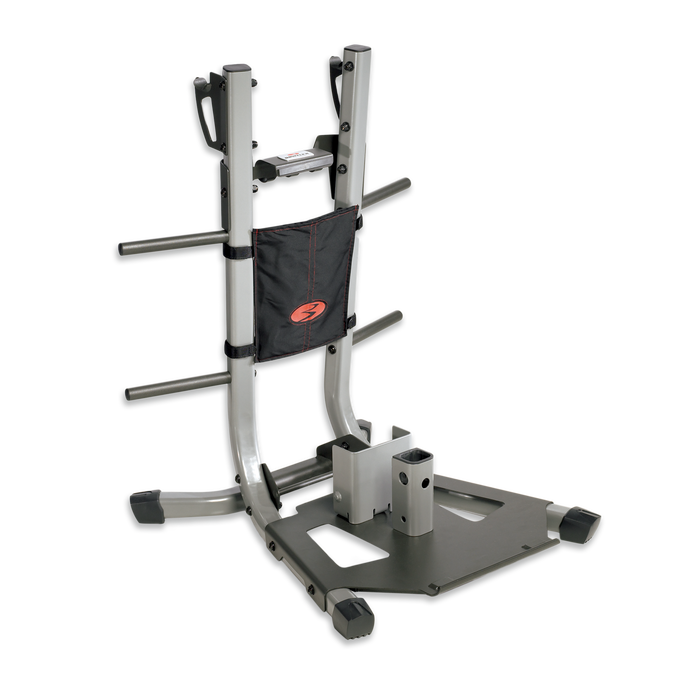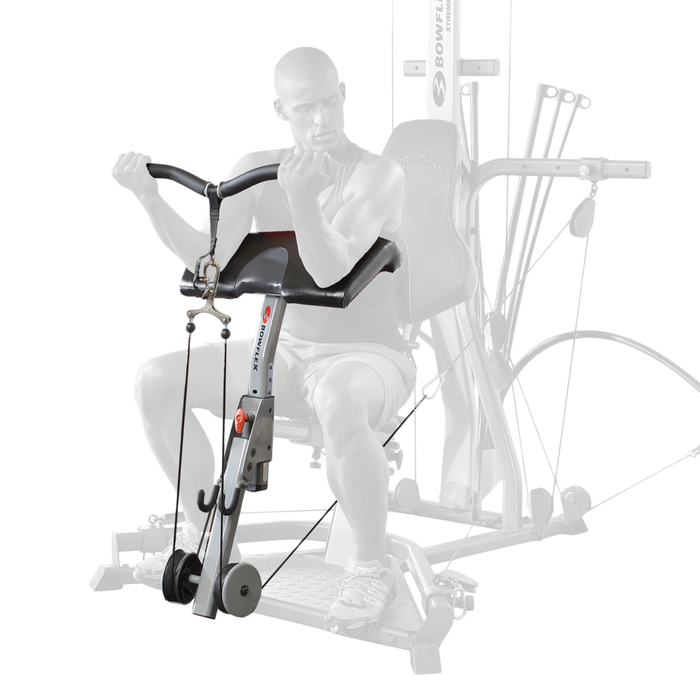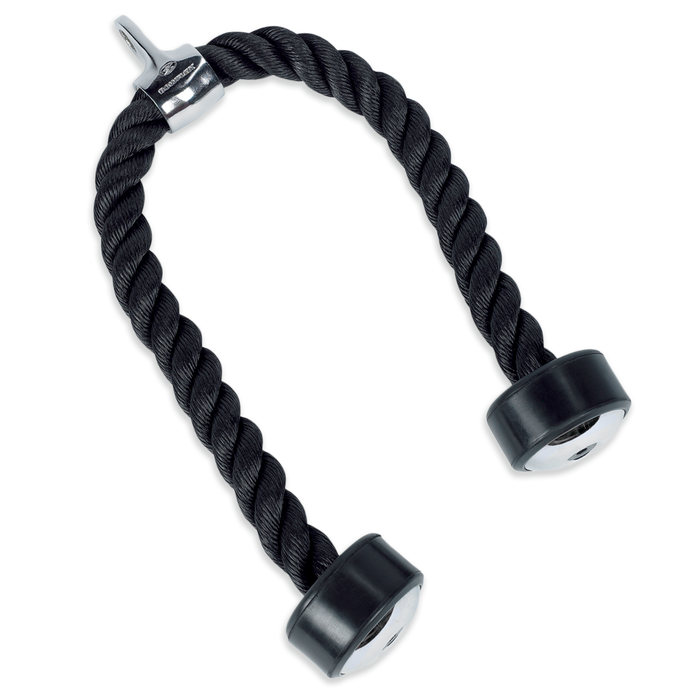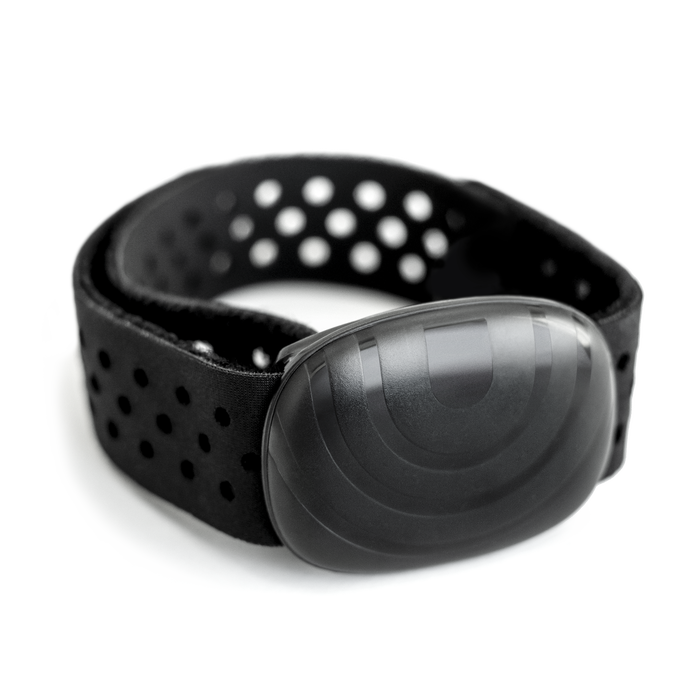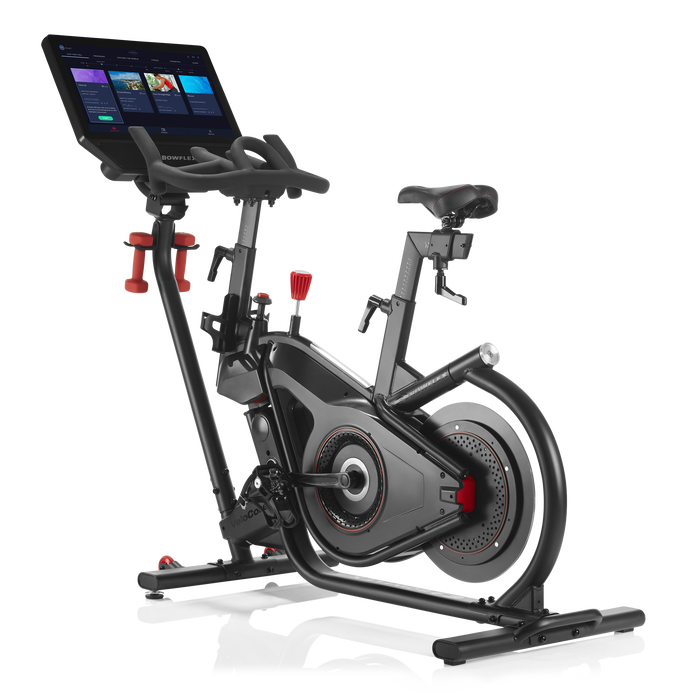Counting Macros: Doing the Math on this Diet Trend

During the last couple of years, you may have seen the phrase “counting macros” crop up frequently and wondered what it’s all about. This flexible dieting technique is touted for helping people lose weight without being extremely restrictive. It’s become especially popular among bodybuilders, athletes, and social media enthusiasts seeking a leaner physique.
What exactly are macronutrients? Quite simply, they are the main nutrients we need to survive. By comparison, micronutrients are substances required in much smaller amounts, such as vitamins, minerals and electrolytes. Both types of nutrients are necessary for our bodies to function properly and stay healthy.
A macro diet is predicated on calculating and monitoring not only your daily calorie goals to maintain or lose weight, but also the calories you’re getting from each of the three main macronutrients or macros: carbohydrates (fiber is grouped here), protein, and fat.
Learning to count macros can sound overwhelming, but there are plenty of resources to simplify the process. The first step is calculating your overall calorie needs. Once you know how many calories to consume each day, the next step is to decide what macronutrient ratio works best for you based on a number of factors including your age, height, weight, gender and activity level. There are several free online calculators you can use, including Healthy Eater and If It Fits Your Macros (IIFYM).
You’ll also need to log your food intake to stay within your macros – aiming for a diet rich in fresh produce, complex carbs, healthy fats and proteins sources. You can use a spread sheet, an old-fashioned notebook, or one of the many digital tools available, such as Cronometer and My Fitness Pal.

Many experts agree that this diet approach isn’t right for everyone. Some may tire of the constant calculating it requires. In addition, foods are often made up of more than one macronutrient. For example, the calories in walnuts come from fat, protein and carbohydrates. This can make it challenging to count macros even for simple foods; not to mention prepared foods or more complex meals you prepare at home.
In addition, according to the Harvard T.H. Chan School of Public Health, there isn’t conclusive research on the effectiveness of counting macros.
What matters most with any eating plan is the quality of the food. The ideal diet isn’t just about macros; it’s about choosing healthy, whole foods over heavily processed foods. Experts also note that the weight loss equation is simple and hasn’t changed over the years: consume fewer calories than you burn each day.
Counting macros might be your jam if you’re someone who:
- Wants to understand which foods give you more energy or drag you down
- Finds the structure helps you stay on track
- Is interested in becoming more aware of what you’re eating
- Is looking to improve your athletic performance
- Wants to establish healthier habits
Keep in mind there is no one-size-fits-all food plan, and it’s worth doing some research to find what’s best for you based on your health and specific goals. It’s also a good idea to consult with your doctor or dietician before beginning any diet.
Curious about other popular diets? Check out the following primers on the ketogenic, Paelo and Whole60 diets.
You may also like
Vitamins 101






